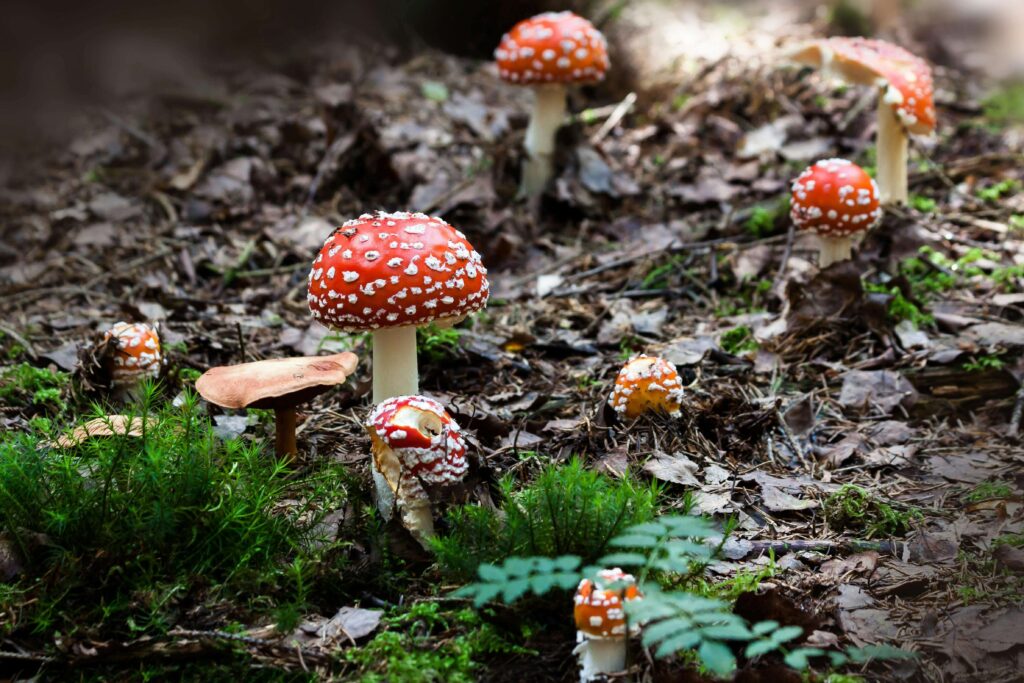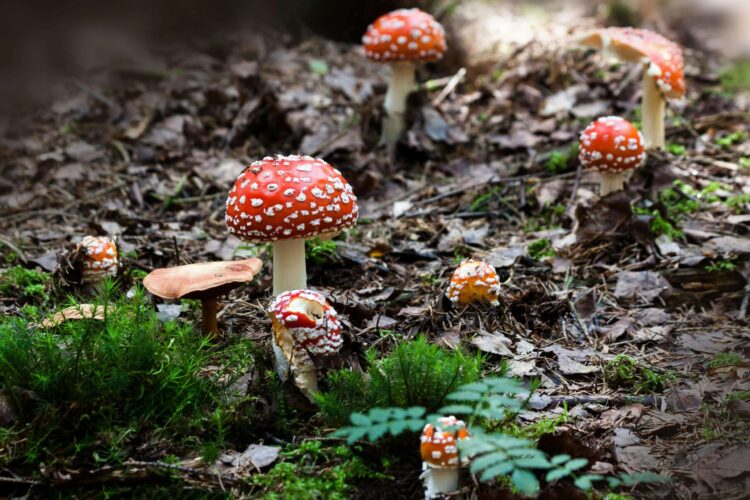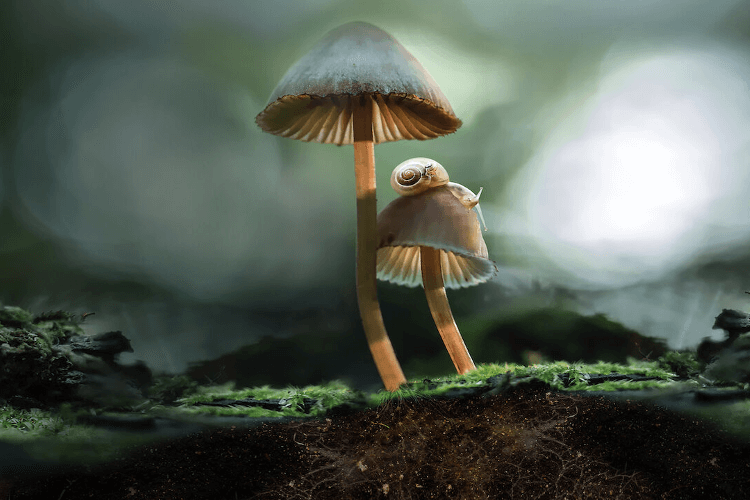Mysterious and often misunderstood, sacred mushrooms have played a pivotal role in the human experience. These fungi have colored the pages of history with their mind-altering capacities.
Embark on a cultural voyage as we explore the mystical world of sacred mushrooms and their impact on civilizations such as the Aztec, Mayan, and Siberian Shamanic traditions.
The Aztec Empire: Psilocybin Rituals and Religious Significance
The great Aztec civilization revered psilocybin mushrooms as “teonanácatl” or “flesh of the gods,” using them in their religious ceremonies for communication with the deities. During the zenith of the Aztec Empire, these mushrooms held deep cultural and religious importance. Shamans and priests consumed them to invoke prophetic visions and revelations—an integral part of their spiritual fabric.
Siberian Shamanic Traditions: The Amanita Muscaria
Venturing to the icy steppes of Siberia, the Amanita muscaria mushroom was central to the Shamanic tradition—especially significant during the winter solstice. The red and white-spotted Amanita symbolized enlightenment and rebirth. Kloh-kew, a word for shaman, translates to “the one who knows mushrooms,” showcasing their expertise and reverence for this sacred fungus.
The Mayan Legacy: Psilocybin in Ritual Practices
In the heartland of Central America, the Mayans integrated psilocybin mushrooms into their rituals, particularly during the Classic Maya Civilization. Carvings and artifacts suggest that mushrooms were used in various ceremonies to establish connections with the spiritual realm, perhaps even used by the elite to cement their divine right to rule.
https://www.justtaimushrooms.com/jtn/sub%20art/mayan%20use
Cultural Suppression and Resurgence
The collision with Spanish colonization brought about the oppression of these sacred mushroom practices. The conquistadors viewed indigenous rituals with suspicion and actively sought to extinguish them, transforming the cultural perception of mushrooms from sacred to secretive.
Modern Perceptions and Practices
Fast forward to contemporary times, where ancient traditions intertwine with modern perspectives. Sacred mushrooms spark controversy, fascination, and therapeutic interest globally.
Our society grapples with topics like spirituality, legality, and medicinal potential. Take the Netherlands, for example, where psilocybin truffles form the heart of an emerging retreat scene.
Psilocybin Retreats – An Example of Modern Adoption
Inspired by historical uses and modern insights, Essence Institue offers immersive experiences with psilocybin truffles—legally distinct from magic mushrooms in the Netherlands.
Participants aged 25 and above can engage in facilitated ceremonies, with the retreat providing holistic care that includes yoga, meditation, and transformational breathing sessions. Interestingly, unlike ayahuasca, psilocybin is cherished for its milder physical impact, offering a different kind of entheogenic encounter. It’s considered one of the safest hallucinogens, without addiction risks.
Curating an ideal environment for these experiences, such retreats often highlight the value of a serene setting to complement the psilocybin experience. Despite their safety, it’s important to acknowledge the contraindications and ensure mushrooms are consumed responsibly within proper guidance.
Scientific Research and Cultural Events
Today, scientific research flourishes, pondering over psilocybin’s therapeutic potential (source) for conditions like depression and anxiety.
Meanwhile, cultural events continue celebrating mycological heritage, like the Huichol pilgrimage in Mexico and the Amanita festivals in Siberia, preserving the echoes of mushroom veneration.
Conclusion
The thread of sacred mushrooms weaves through humanity’s tapestry, crossing over from spiritual to recreational and therapeutic domains. Whether in the heart of an ancient empire, a shaman’s tent, or a modern retreat nestled in nature, mushrooms like the psilocybin truffles continue to cultivate awe, healing, and perhaps a deeper understanding of consciousness.



